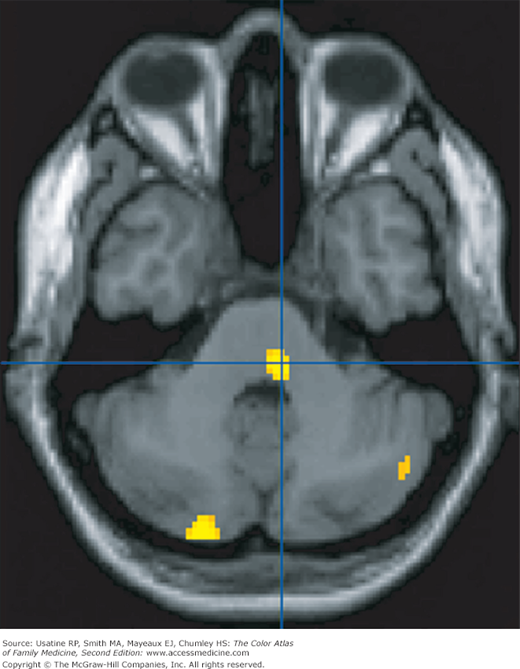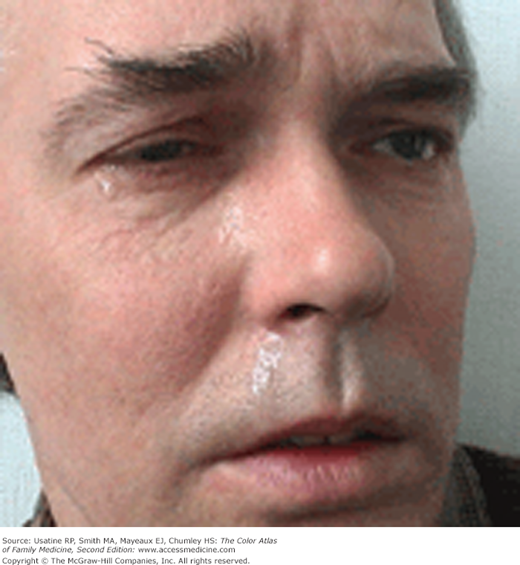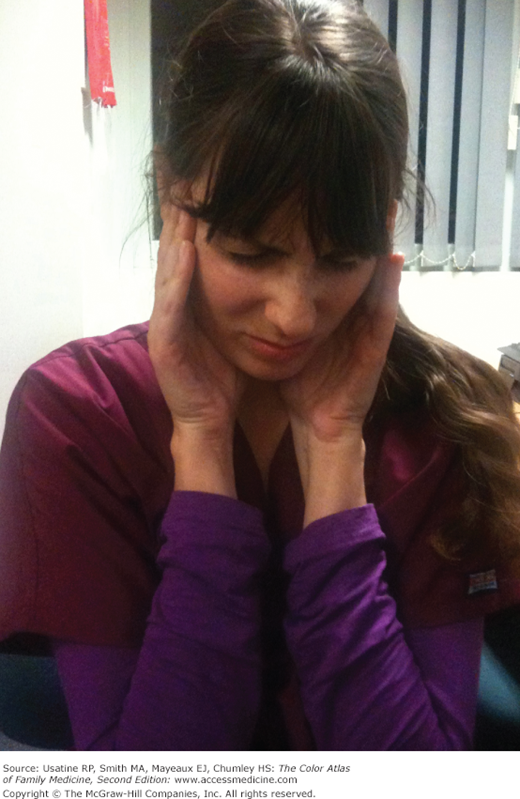Patient Story
A 35-year-old woman presented to the office to discuss her migraines. She has episodic unilateral throbbing headaches accompanied by nausea, photophobia, and phonophobia. She used to have a migraine about every 3 months, but is now having one almost every 2 weeks. As this frequency interferes with her life, prophylactic therapy is discussed. She accepts and her migraine frequency decreases dramatically.
Introduction
More than 77% of adults experience headaches during their lifetime. Headaches are either primary or secondary and the presence or absence of red flags is useful to distinguish dangerous causes of secondary headaches. The most common primary headaches are tension, migraine, and chronic daily headaches. Medication overuse can complicate headache therapy. Treatment and prognosis is dependent on type of headache.
Epidemiology
- Lifetime prevalence estimated to be greater than 77% in adults.1
- Fifty-three percent of adults (61% of women and 45% of men), and 53% of children have had a headache in the past year.1 Elderly adults have a lower rate of headaches with 36% reporting a headache in the past year.
- Episodic tension-type headache (TTH) prevalence is 62.6% in adults and 15.9% in children.1
- Chronic (>15 days per month) TTH has a prevalence of 3.3% in adults and 0.9% in children.1
- Migraine has a prevalence of 14.7% in adults (8% in men, 17.6% in women) and 9.2% in children.1
- Chronic daily headache has lifetime prevalence of 4% to 5%.2
- Medication overuse contributes to daily headache in approximately 1% of adults in the general population.1
- Cluster headache has a lifetime prevalence of 0.2% to 0.3%.1
Etiology and Pathophysiology
- TTH etiology is uncertain, but likely caused by activation of peripheral afferent neurons in head and neck muscles.3
- Migraine headache is thought to be caused by central sensory processing dysfunction, which is genetically influenced.4 Nociceptive input from the meningeal vessels is abnormally modulated in the dorsal raphe nucleus, locus coeruleus, and nucleus raphe magnus. This activation can be seen on positron emission tomography (PET) scan during an acute attack (Figure 229-1).
- Cluster headache is caused by trigeminal activation with hypothalamic involvement, but the inciting mechanism is unknown.5
Figure 229-1
Imaging has helped clarify the etiology of migraine disorder. This positron emission tomography image shows activation in the dorsolateral pons, which includes the noradrenergic locus coeruleus, an area that modulates nociceptive input from the meningeal vessels. (With permission from Longo D, Fauci A, Kasper D, Hauser S, Jameson J, Loscalzo J, eds. Harrison’s Principles of Internal Medicine, 18th ed. New York, NY: McGraw-Hill; 2011:116, Figure 14-2B.)
Risk Factors
Diagnosis
- Red flags for dangerous secondary cause—Sudden onset; persistent headache with nausea, vomiting; worsening pattern; history of cancer, HIV, or systemic illness (fever, rash, etc); focal neurologic signs or seizures; vision changes; papilledema; headache worsened by Valsalva, exertion, or position changes; new headache during pregnancy or postpartum; new headache after age 55 years.2,3,6
- Episodic TTH—At least 10 episodes of bilateral, mild to moderate, pressure (nonpulsating) type pain without nausea or vomiting, not aggravated by exertion, and rare photophobia or phonophobia, occurring less than 15 days per month.7
- Migraine headache—At least 5 episodes of unilateral, pulsating, moderate-to-severe headache lasting 4 to 72 hours, aggravated by physical activity, accompanied by nausea or emesis or photophobia and phonophobia.7
- Chronic daily headache (CDH)—A primary headache 15 or more days per month, for 4 or more hours per day, for 3 months.2 Four types of CDH:
- Chronic migraine—Episodic migraines increase in frequency while associated symptoms decrease; resembles tension headache with occasional typical migraine; often accompanied by medication overuse.2
- Chronic TTH—Bilateral, nonpulsating, without nausea. Photophobia or phonophobia can be present.2
- New daily persistent headache—Abrupt onset of daily headache in patient without a history of a headache disorder; patient often remembers exactly where and when the headaches started.2
- Hemicrania continua—Chronic unilateral pain with exacerbations, often associated with ipsilateral autonomic features.2
- Chronic migraine—Episodic migraines increase in frequency while associated symptoms decrease; resembles tension headache with occasional typical migraine; often accompanied by medication overuse.2
- Medication overuse headache—Accompanies one of the CDHs; acute medications, such as triptans or opiates are taken more than 10 days a month, or analgesics more than 15 days a month, for more than 3 months.7
- Cluster headache—The most common type of trigeminal autonomic cephalalgias; can be episodic or chronic; sharp stabbing unilateral pain in trigeminal distribution, lasting 15 minutes to 3 hours, with ipsilateral autonomic features2 (Figure 229-2).
- Sinus headache—Purulent nasal discharge, co-onset of sinusitis, headache localized to facial and cranial areas.
- Tension headaches are typically bilateral (Figure 229-3).
- Migraine and cluster headaches are typically unilateral.






